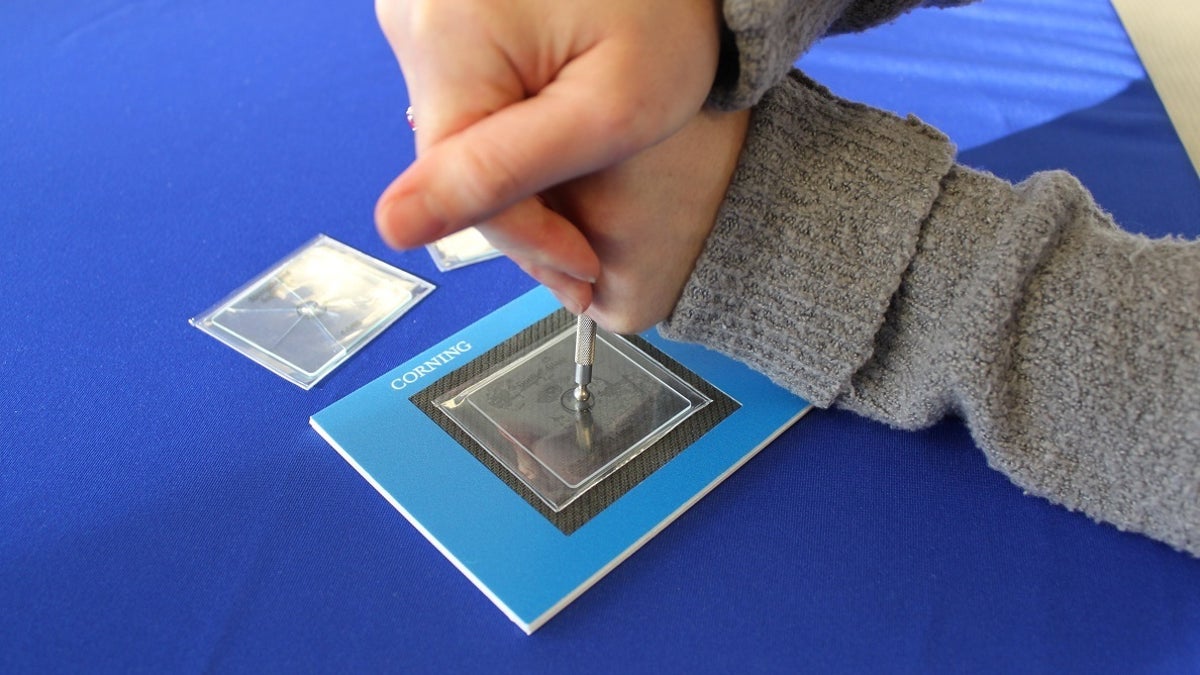Is Gorilla Glass on a smartphone really all that?
How an old-school manufacturer is making a name for itself strengthening smartphone screens.

A few weeks ago at CES, Corning announced that its next generation of glass surfaces will deliver thinner, stronger touch screens.
Since Gorilla Glass covers some of the most premium smartphones--including the HTC Evo 4G, Samsung Galaxy S II, and Motorola Droid Razr--I wanted to take a closer look at what the material can offer phone owners.
First of all, there's the glass itself. Gorilla Glass is a special type of chemically strengthened material (an aluminosilicate for you material science geeks out there) that's processed in such a way as to resist scratches and other surface dings. It also withstands greater compression than standard glass, which means you have to press it (or drop it) harder to damage it.
Gorilla Glass 2 undergoes much of the same process as regular Gorilla Glass, specifically, an ion exchange that packs a protective layer of larger potassium ions at the glass' surface to create stronger compression. With Gorilla Glass 2, Corning's engineers have rearranged the order of the ions and their spacing, in order to encourage greater potassium absorption and therefore innately stronger glass.
Corning's customers, vendors like Samsung and HTC, have two choices with Gorilla Glass 2. They can opt to create displays using thinner glass that has the same toughness as the original. Or, they can order Gorilla Glass 2 with the same thickness as before (usually 0.5mm to 2mm) that's 20 percent tougher.
For all but the most rugged devices, we're most likely to see thinner, lighter smartphones with the same level of toughness as the original Gorilla Glass.
A thinner glass layer can also make for a more responsive and colorful screen overall.
So how tough is it?
Fellow CNET reviewer Lynn La and I dropped in at Corning's Northern California research facility to get a look at some of Corning's neat projects, past and future. While there, we were invited to break three squares of glass of the same thickness: one standard, one strengthened, and one Gorilla (the original, not the new version).
I was handed a small metal prod for applying force to the glass at its center. Each sample was indeed progressively harder to fracture with that tool, and I was unable to break the stronger Gorilla Glass this way. (Of course, this was a carefully engineered "push" test designed to reduce the force and leverage I could apply to the material. The glass, while resistant, is breakable.)
Gorilla Glass is used in all manner of electronics, including tablets and laptops, but a product like this makes especially good sense in smartphones, which have high drop rates and need better shielding.
Corning has a rich history that began in 1851 and spans from Thomas Edison's famous lightbulbs to my mom's favorite cookware to glass for automotive consoles.

